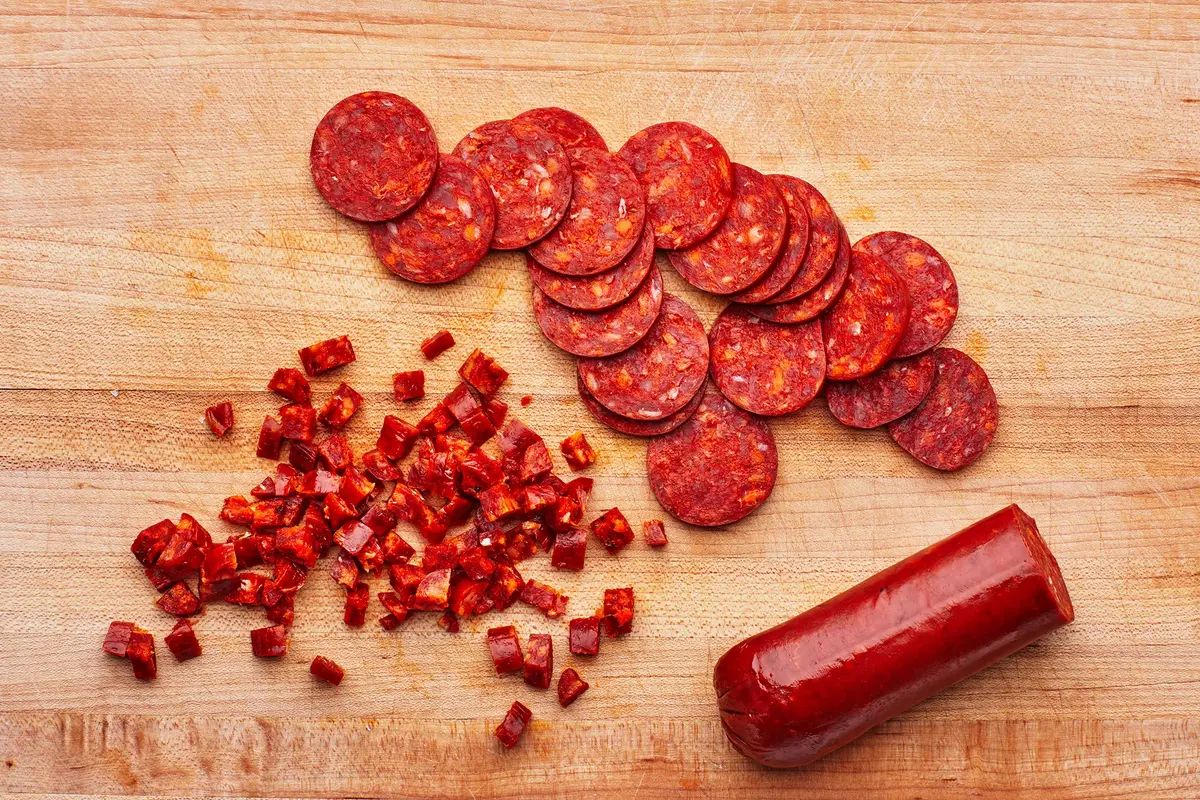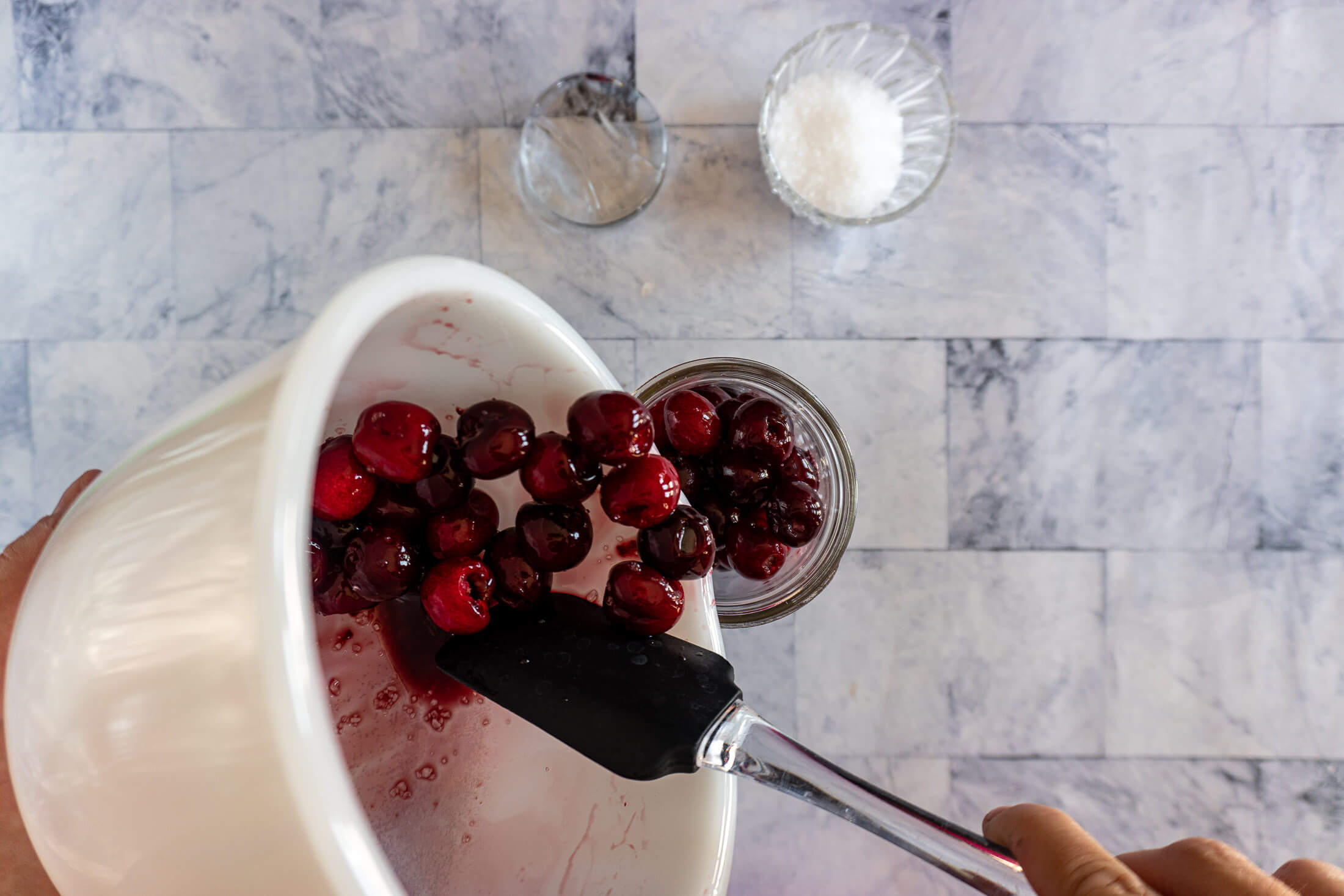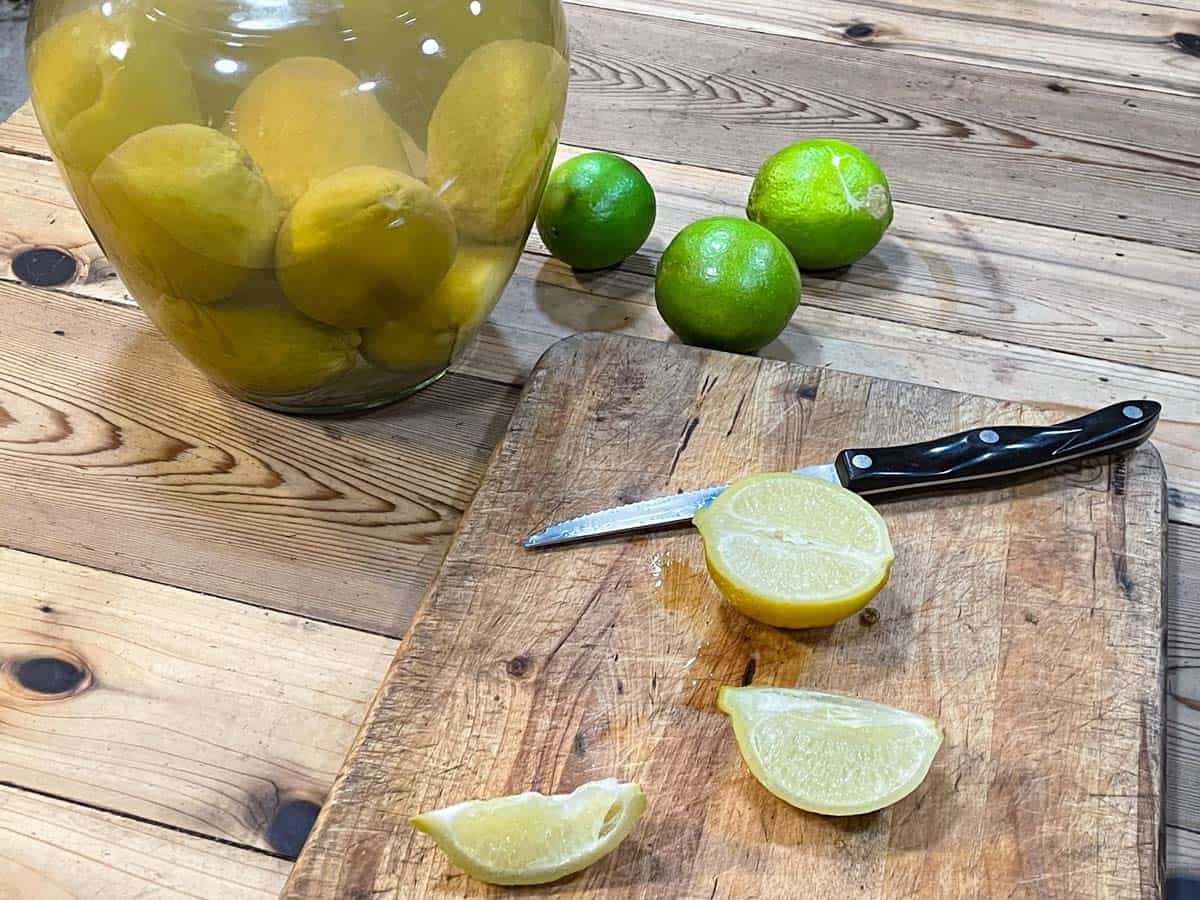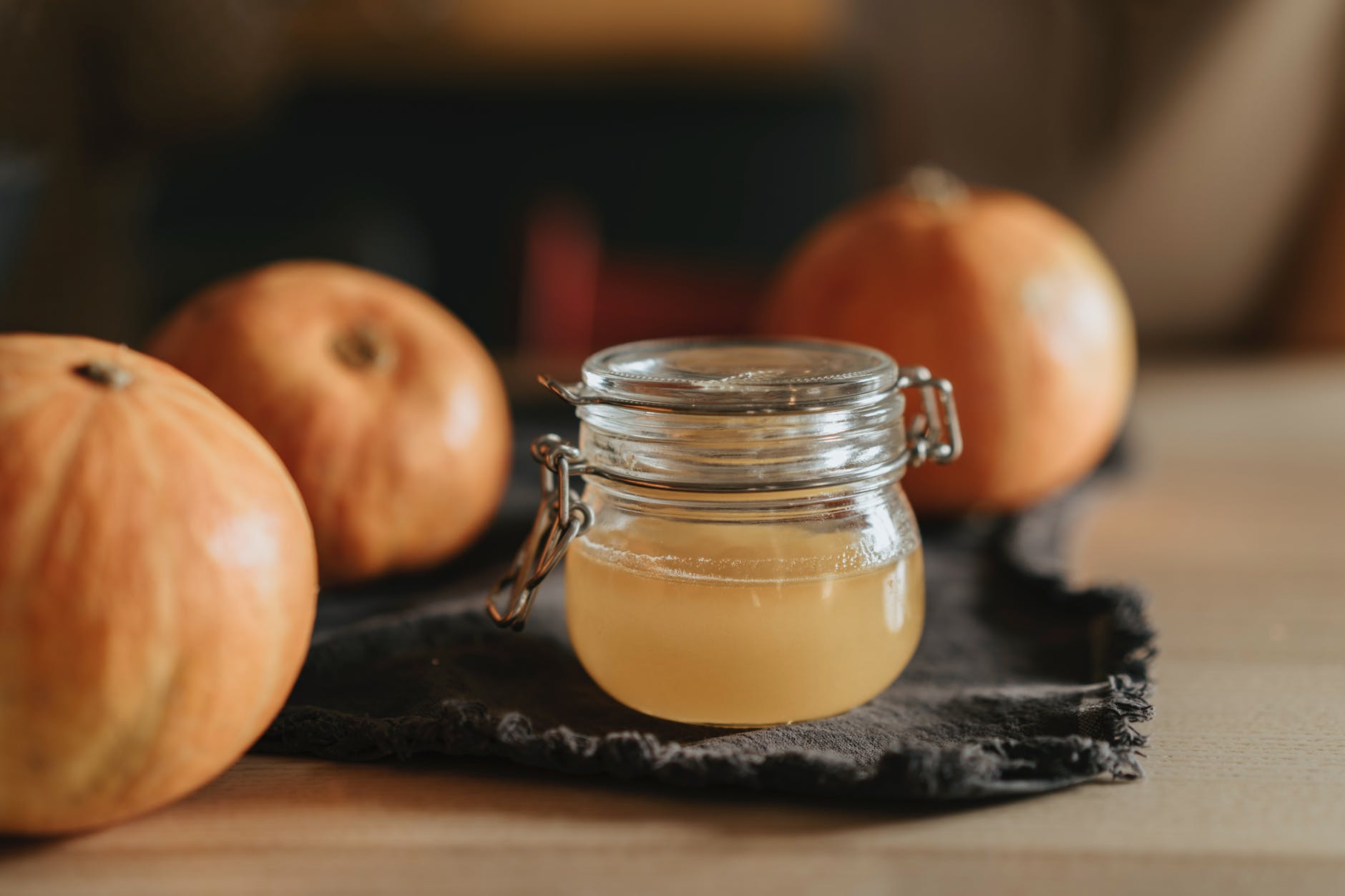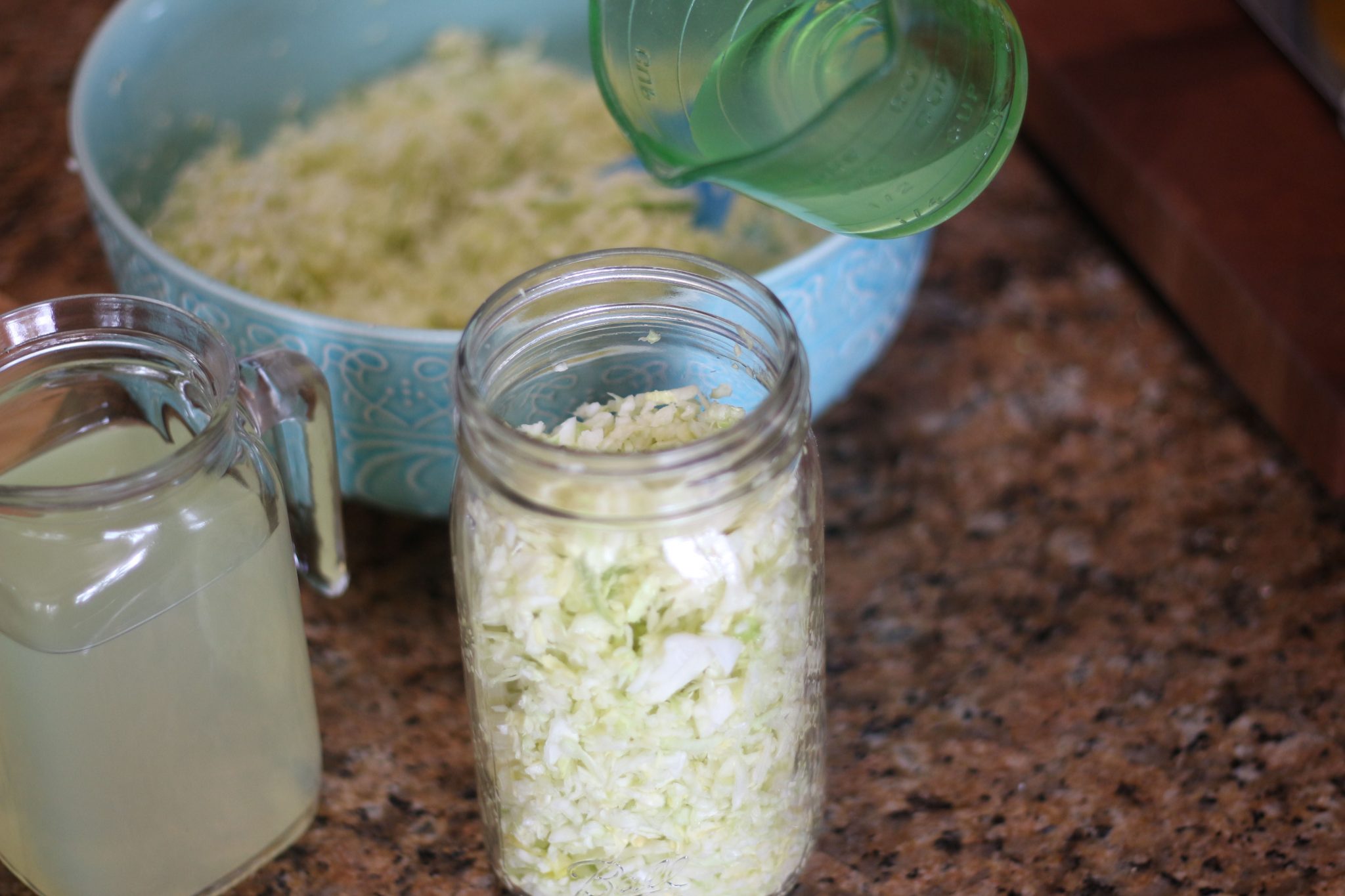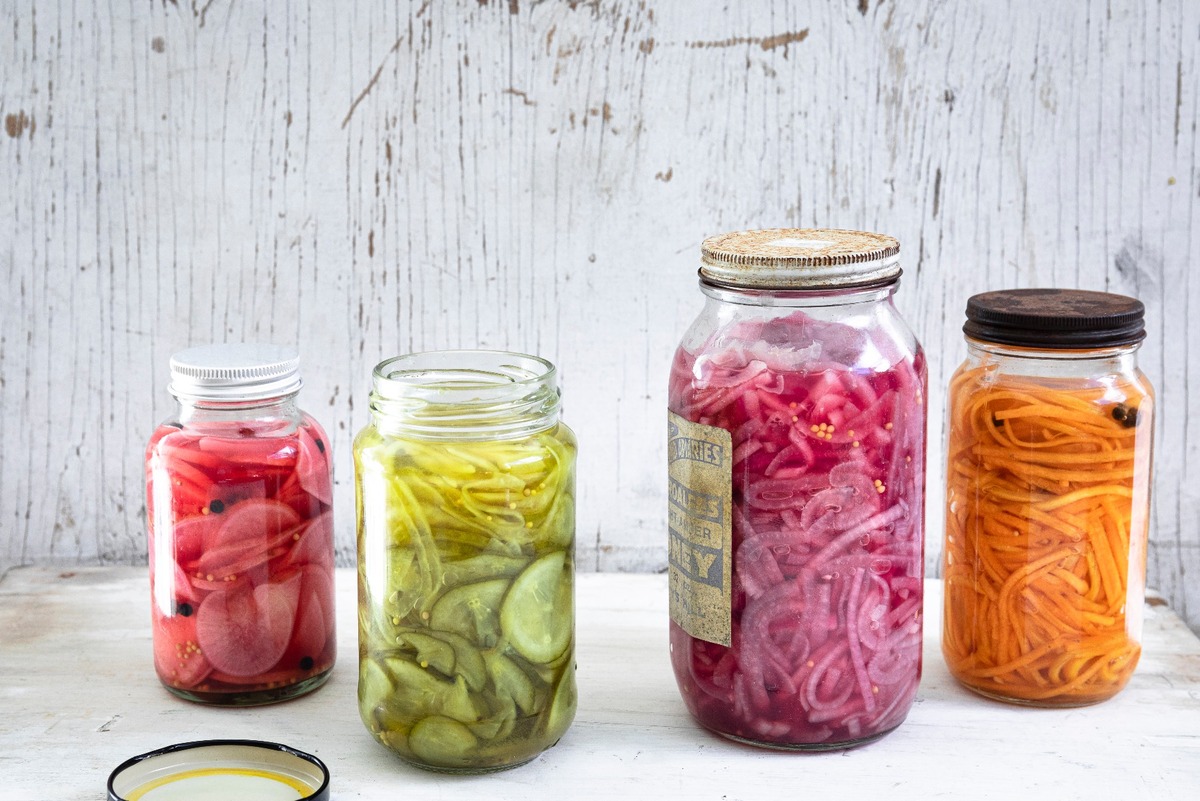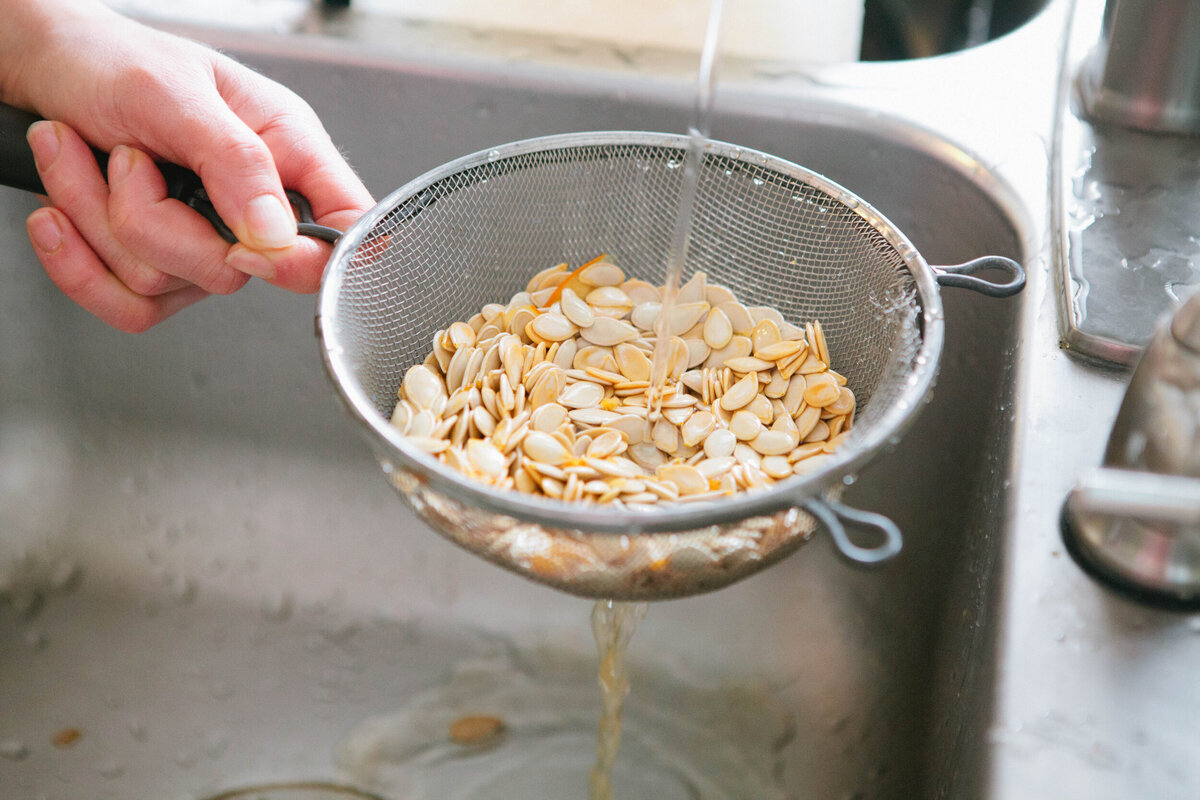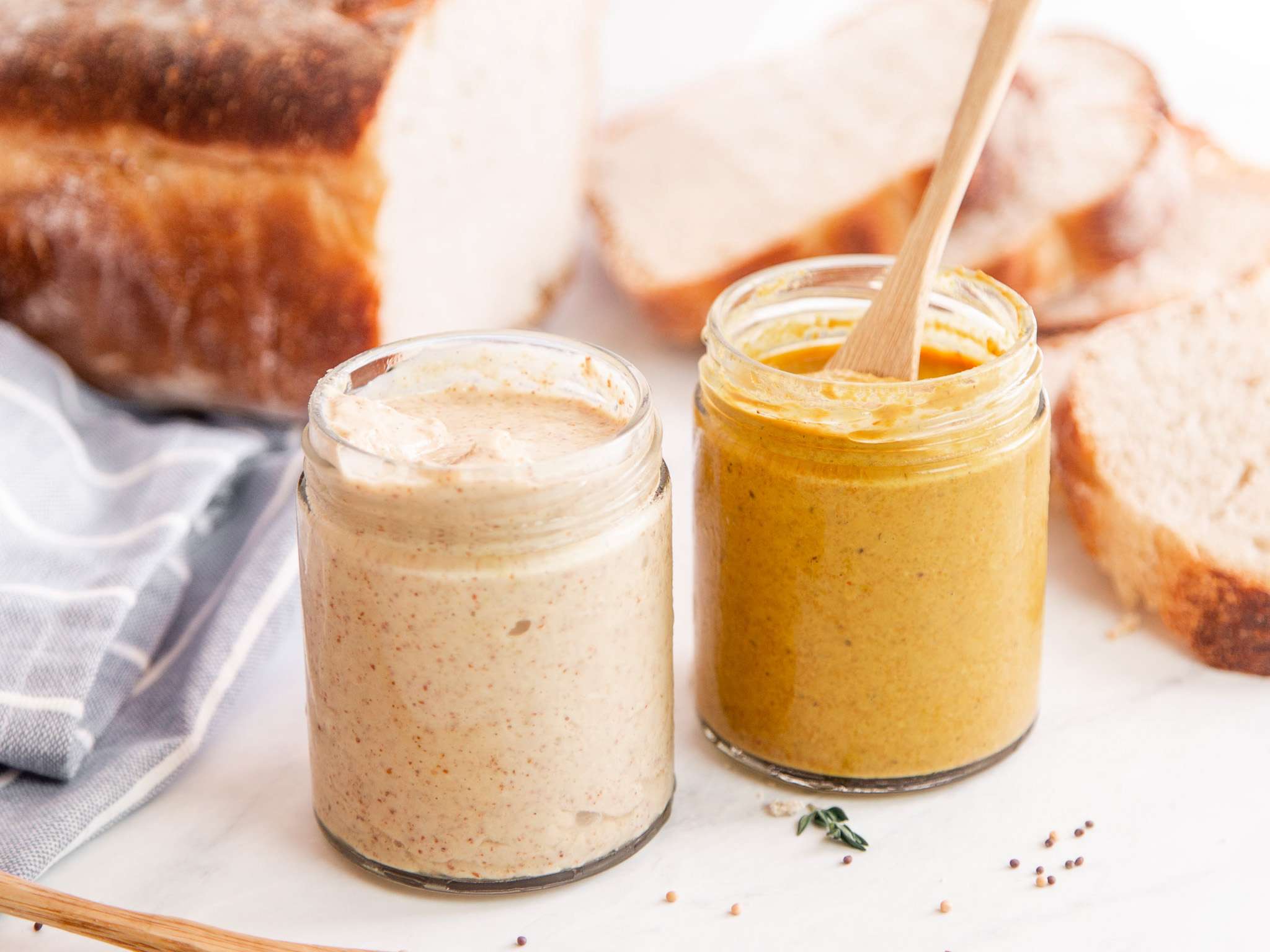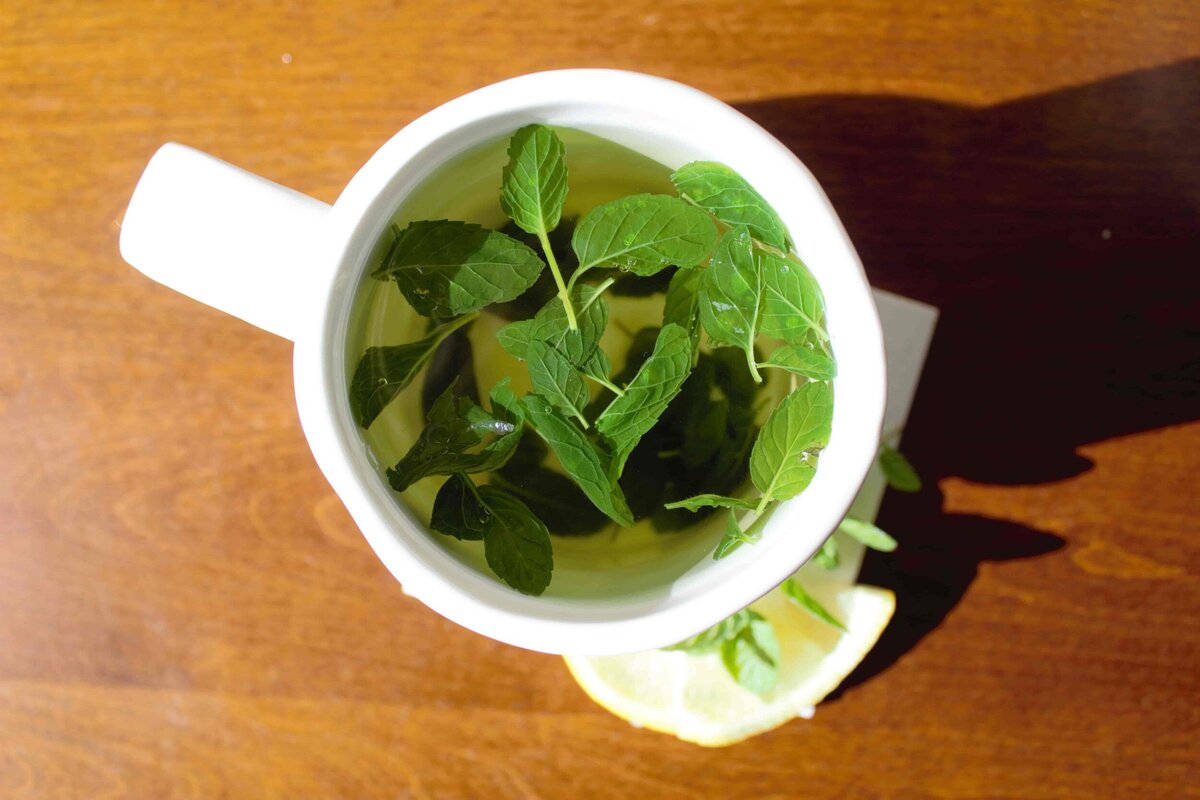Unlock the Flavorful World of Fermented Mango
Welcome to the wonderful world of fermented foods! If you’re a fan of tangy, zesty flavors, then you’re in for a treat with fermented mango. This ancient preservation technique not only enhances the taste of mango but also provides a host of health benefits. In this guide, we’ll walk you through the simple steps to ferment mango at home, allowing you to savor this delicious treat whenever you desire.
Why Ferment Mango?
Fermenting mango is a fantastic way to preserve this tropical fruit while unlocking a whole new depth of flavor. The fermentation process not only adds a delightful tanginess to the mango but also increases its nutritional value. Fermented mango is rich in probiotics, which are beneficial for gut health, and it’s also a great source of vitamins and antioxidants.
Ingredients You’ll Need
Before you embark on your fermenting adventure, it’s important to gather the necessary ingredients. Here’s what you’ll need:
- Fresh, ripe mangoes
- Sea salt
- Filtered water
- Mason jars or fermentation crock
- Spices of your choice (optional)
Step-by-Step Guide to Fermenting Mango
Now that you have your ingredients ready, it’s time to dive into the fermenting process. Follow these simple steps to create your own batch of delicious fermented mango:
- Peel and dice the mangoes, discarding the pits.
- Place the diced mangoes in a clean, sterilized mason jar or fermentation crock.
- Dissolve sea salt in filtered water to create a brine. The general rule of thumb is to use 1-2 tablespoons of salt per quart of water.
- Pour the brine over the mangoes, ensuring they are fully submerged. Use a fermentation weight to keep the mangoes submerged if necessary.
- Add any spices or flavorings of your choice to the jar for an extra kick of flavor.
- Cover the jar with a lid or cloth to allow air to flow while keeping out contaminants.
- Allow the mangoes to ferment at room temperature for 3-7 days, depending on your desired level of tanginess. Remember to burp the jar daily to release built-up gases.
- Once the mangoes reach your preferred level of fermentation, transfer the jar to the refrigerator to slow down the fermentation process.
Enjoying Your Fermented Mango
Once your fermented mango is ready, there are countless ways to enjoy it. You can savor it as a standalone snack, add it to salads for a burst of flavor, or even blend it into smoothies for a probiotic boost. Get creative and experiment with different ways to incorporate fermented mango into your culinary creations.
Final Thoughts
Fermenting mango is a simple and rewarding process that opens up a world of exciting flavors and health benefits. By following this guide, you can embark on your fermentation journey and enjoy the delightful taste of homemade fermented mango. So, roll up your sleeves, grab some mangoes, and get ready to savor the magic of fermentation!
More Delicious Mango Recipes to Try
Having mastered the art of fermenting mangoes, why not put your new skills to the test with a variety of delightful recipes? For a start, consider the fermented mango salsa for tacos, perfect for a fresh, zesty addition to your taco nights. If you’re in the mood for something with a bit more kick, the spicy fermented mango chutney is a must-try. It pairs wonderfully with cheeses or as a vibrant side to Indian dishes. For those who enjoy experimenting with flavors in their morning routine, the fermented mango and coconut overnight oats offer a tropical twist to start your day. Each recipe utilizes fermented mango in unique ways, promising not only enhanced flavors but also added health benefits from the fermentation process.
Was this page helpful?
Read Next: How To Ferment Orange Juice Into Alcohol
